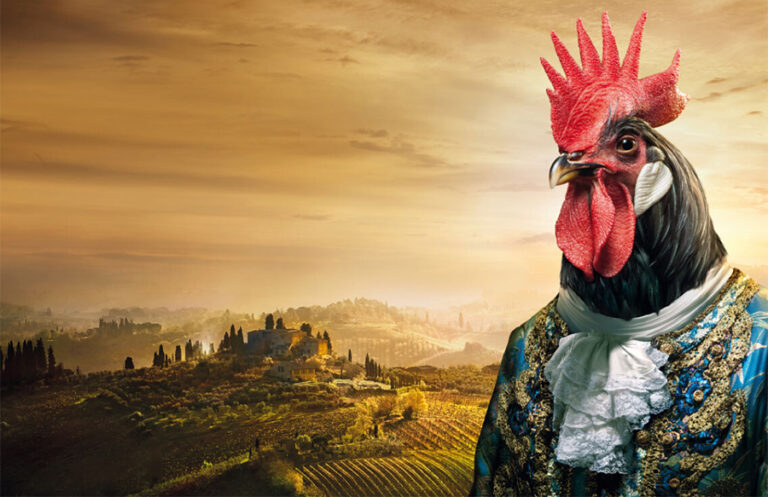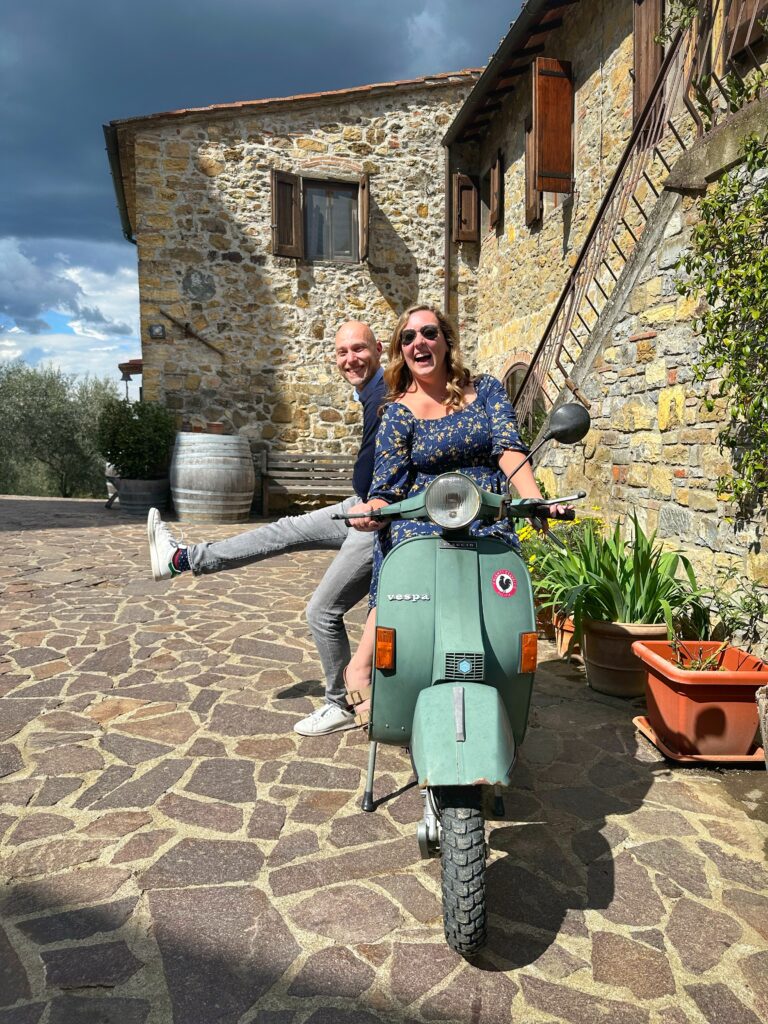If you want a quick primer before we plunge into Bolgheri, start here: our guide to Super Tuscans explains how these rule-bending wines rose to world fame and why they still matter today
There’s a moment when the pinewoods part and the Mediterranean light hits the vines just so. Silver leaves shimmer, cypress silhouettes line the horizon, and you catch the faint scent of wild rosemary in the breeze. This is Bolgheri, a compact amphitheatre of hills and plains tucked inside the municipality of Castagneto Carducci on Tuscany’s coast. The DOC area is petite, about 13 km north-to-south and 7 km east-to-west, with vineyards from roughly 10 to 380 meters above sea level, yet it punches wildly above its weight.
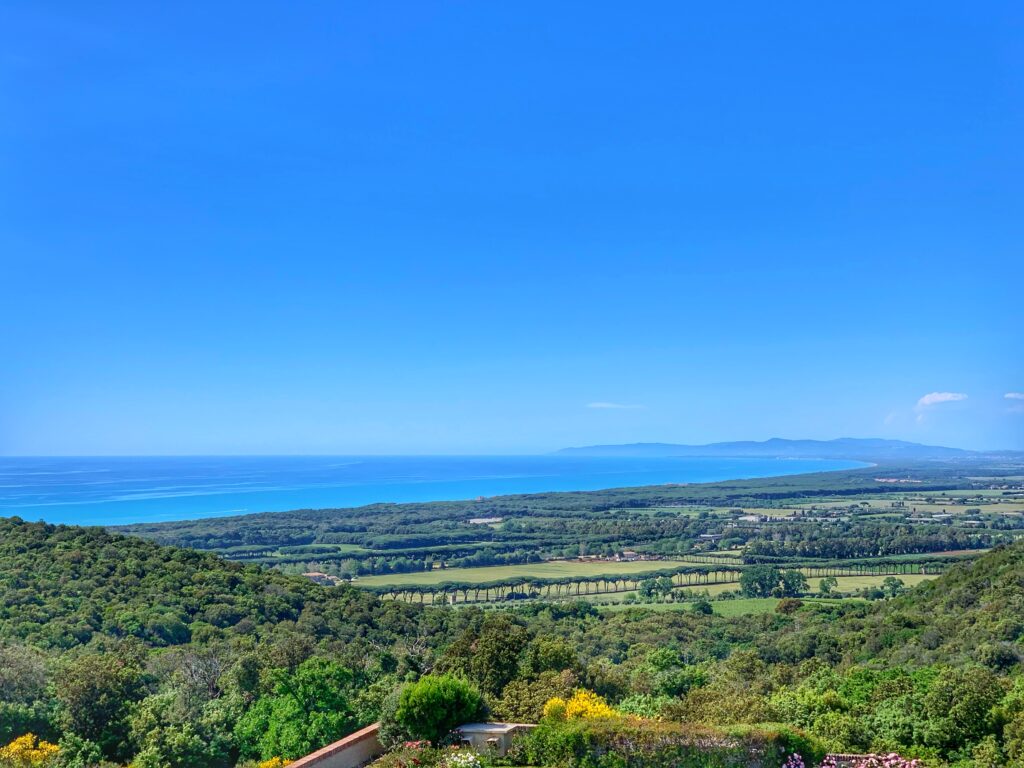
The secret? A rare microclimate forged between hills and sea. Sea breezes channel through the Tuscan archipelago, keeping temperatures cool (average of 15.5 °C, notably lower than other coastal zones) and the vineyards aerated for around 250 days a year (less humidity, fewer fungal headaches, cleaner fruit). Sunlight ricochets off the water back to the vines, boosting photosynthesis. Deep soils help roots tap moisture even in dry years; rainfall averages about 600 mm with timely showers during the growing season.
Underfoot, the ground tells an even richer story: marine and alluvial origins; pockets of sandy clay loam, alkaline and studded with fine gravel; fossil shells on the surface; and a dizzying 27 soil “units” mapped in a landmark zonation project led by Prof. Attilio Scienza (mid-1990s to 2006). No single grape could possibly dominate such complexity, so Bolgheri cultivates many, matching variety to parcel with surgical precision.
From Etruscan Hills to Cypress Avenues: A Short History
Wine has existed here since antiquity: Etruscans were already cultivating vines long before Rome’s heyday. The territory evolved through Lombard fortifications and medieval settlement on higher ground (the plains were swampy for centuries), before a turning point in the late 1600s: the Della Gherardesca counts began improving the land, planting gardens and vineyards and, famously, the Cypress Avenue (Viale dei Cipressi) that today draws visitors like a magnet. Be careful if you are taking a picture in the middle of the road!
Fast-forward to the 20th century and a decisive chapter: Marchese Mario Incisa della Rocchetta marries Clarice della Gherardesca and relocates to Maremma. Convinced the stony, gravelly soils around Castiglioncello echo Bordeaux’s Graves, he plants Cabernet Sauvignon (first in 1942 and then 1944) using material sourced via the Salviati family. The wine, called Sassicaia, is kept private until 1968, when it’s finally released commercially (with Antinori’s help and the genius of enologist Giacomo Tachis). In 1978 a Decanter blind tasting in London, helmed by Hugh Johnson, crowns Sassicaia over elite Cabernets from around the globe; in 1985, Robert Parker awards Sassicaia its first 100-point score for an Italian wine. The “Super Tuscan” era goes mainstream.
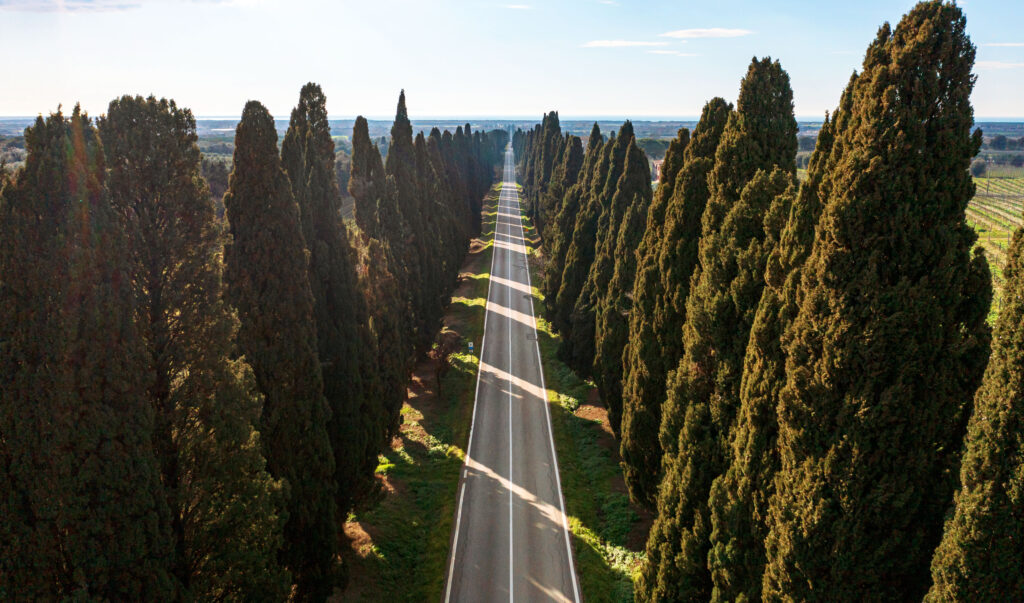
Bolgheri in the Glass: Styles, Grapes, and That Famous Elegance
Bolgheri red wines are typically Cabernet Sauvignon and/or Cabernet Franc with Merlot, occasionally plus Syrah or Petit Verdot (and, rarely, a dash of Sangiovese). Think elegant dark fruit, balsamic Mediterranean scrub, supple mid-palate, silky tannins, and a savory, sea-kissed finish. The DOC recognizes Bolgheri Rosso and Bolgheri Superiore; meanwhile Bolgheri Sassicaia is its own appellation with distinct rules (more on that in a second).
Regulations (So You Know What You’re Drinking)
- Bolgheri Rosso DOC: blends can be 0–100% of each main Bordeaux variety (Cabernet Sauvignon, Merlot, Cabernet Franc) with up to 50% Syrah or Sangiovese and up to 30% complementary grapes. Minimum aging: 1 year; release from September 1 after the harvest.
- Bolgheri Superiore DOC: similar blends, lower yields, and 2 years of aging, at least one year in oak; release from January 1.
- Bolgheri Sassicaia DOC: minimum 80% Cabernet Sauvignon, with the balance typically Cabernet Franc; 2 years’ aging with at least 18 months in barriques. Crucially, everything (from growing to bottling) must occur within the municipality. The DOC was separated from Bolgheri in 2013, becoming an official appellation in its own right (it had previously been a “subzone”).
If you’re the sort who loves to read the fine print, the full disciplinari (production codes) are available here: Bolgheri DOC and Bolgheri Sassicaia DOC.
Tenuta San Guido: Sassicaia, “The Wine from the Rocks”
Sassicaia’s mythos begins with a hunch: Mario Incisa saw stones and gravel and thought “Graves”. The first hectare, planted around 400 meters at Castiglioncello di Bolgheri, became the cradle of a style known for its stony perfume and poised structure. Commercial release came with the 1968 vintage; the estate still farms in parcels: Castiglioncello, Aia Nuova, Cerreta, Sassicaia di Sopra, San Martino; between approximately 100 and 360 meters and on calcareous, marl-rich soils laced with stones and pebbles (hence the name “Sassicaia,” from sasso, “stone” and -aia, “the place of…”).
As already said, two dates matter even to casual drinkers: 1978, when Sassicaia stunned a London Decanter blind tasting; and 1985, when Parker’s 100 points anointed it a modern legend. Another milestone: 2015 Sassicaia was Wine Spectator’s Wine of the Year (2018 list), cementing how far Bolgheri had come in half a century. The 2016 vintage followed with broad critical acclaim, including a perfect 100 from Wine Advocate and 97-98 ranges from other major critics, catnip for collectors and a triumph for the coast.
Auction lore? In top condition, bottles of 1985 Sassicaia still command serious money on the secondary market: recent sales hover in the mid-four figures per case, with single bottles on reputable platforms moving around two thousand dollars. (As with all auctions, provenance rules).
Reality check for travelers: Sassicaia’s cellars are private. Tasting the wines, however, is very possible with Tuscany Uncorked, via curated experiences at Tenuta San Guido, where a flight of all the wines Le Difese, Guidalberto, and the iconic Sassicaia paired with a delicious tasting menu to appreciate the wines even better. We arrange this experience only within private, tailor-made tours.
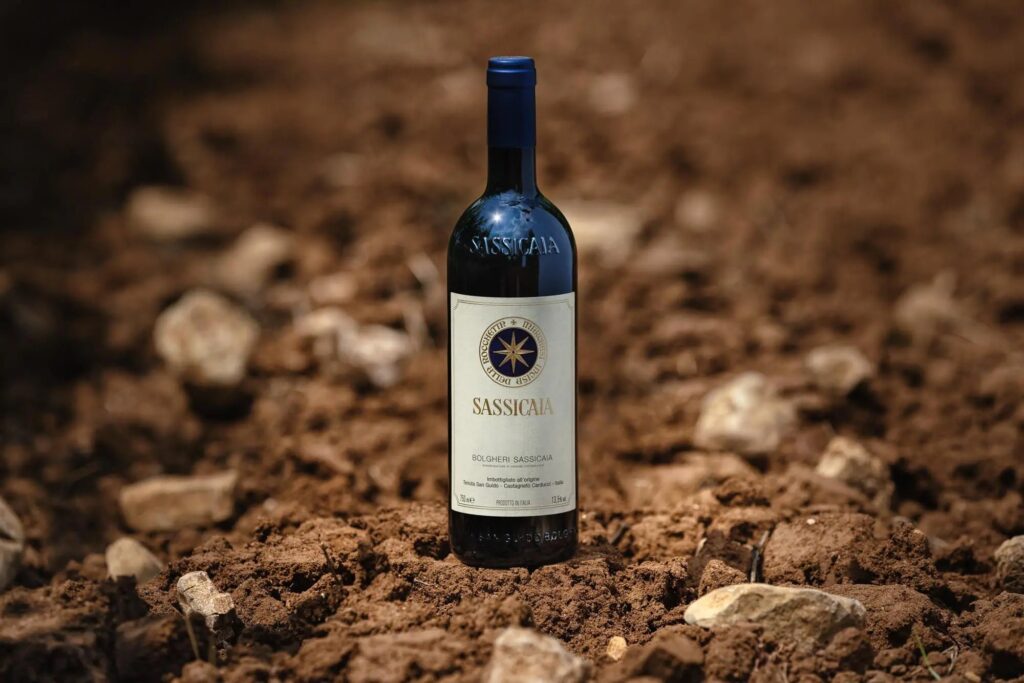
Vintages That Make Collectors Smile
Bolgheri’s biggest strength lately? Consistency, but if you are looking at harvests that stand from the crowd: 2015 and 2016 widely considered benchmarks, 2015 for its classical balance; 2016 for its pitch-perfect day-night swings and linear ripening. More recently, 2019 looks outstanding across the board; 2020 and 2021 are strong, with 2021 singled out by critics as a potential all-timer along the Tuscan coast.
- 2015 “vintage handbook” conditions;
- 2016 “ideal, the bottle you always wanted”;
- 2019 “outstanding”;
- 2021 expresses “strength, finesse and elegance.”
For travelers, that means this: whether you’re tasting current releases or snagging back-vintage pours, Bolgheri right now is a golden era.
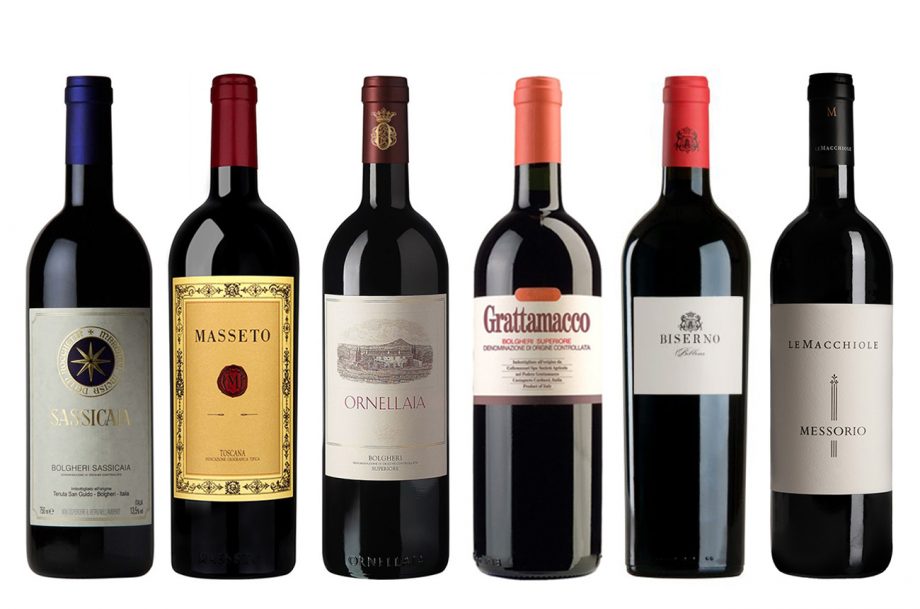
Geography, Climate & Soil Translated to Taste
Hills vs. plains: higher sites bring cooler nights and finesse; lower, warmer parcels yield plush fruit. That constant sea breeze? It’s the region’s invisible quality control: clean canopies, gentle stress, and aromatics that lean balsamic: bay laurel, cistus, wild thyme. The soil mosaic (27 units!) explains why one estate bottles a Cabernet Franc monovarietal while its neighbor champions a Merlot-led blend: different stones, different stories, same coastline soundtrack.
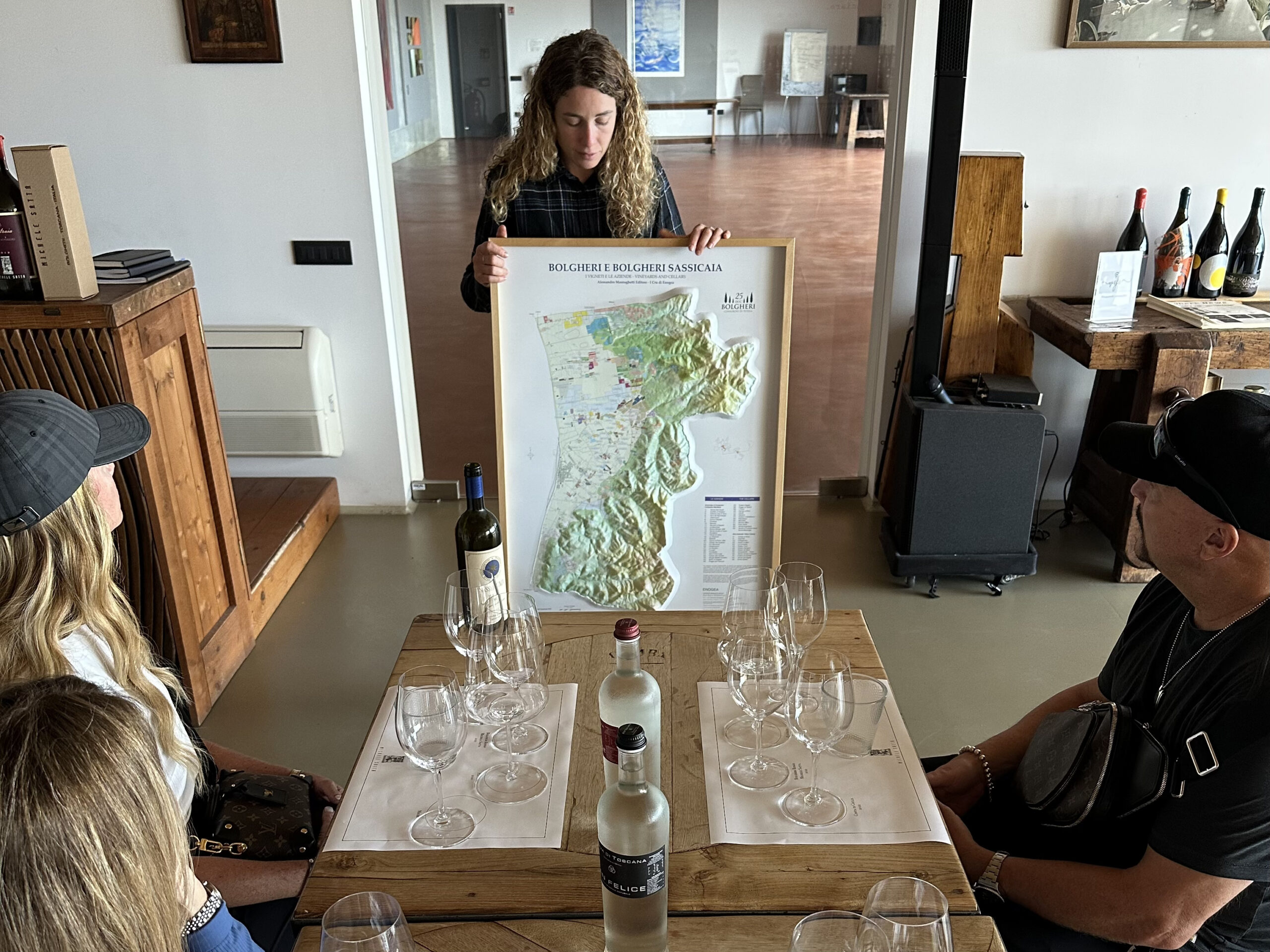
The Dinner in the Cypress Avenue (Yes, It’s a Thing)
Bolgheri comes together for Bolgheri DiVino and stages La Cena sul Viale, a once-in-a-year, thousand-guest dinner staged right on the Viale dei Cipressi, with a table nearly one kilometer long. It’s equal parts spectacle and love letter to a landscape; not every edition features the dinner, but when it does, it’s one of the most breathtaking moments in the wine world. (The cypress road itself stretches about 4.962 km and counts 2,540 trees). The dinner is a private event that brings together Bolgheri’s producers and many of the world’s most influential wine figures. We are still waiting for our invitation!
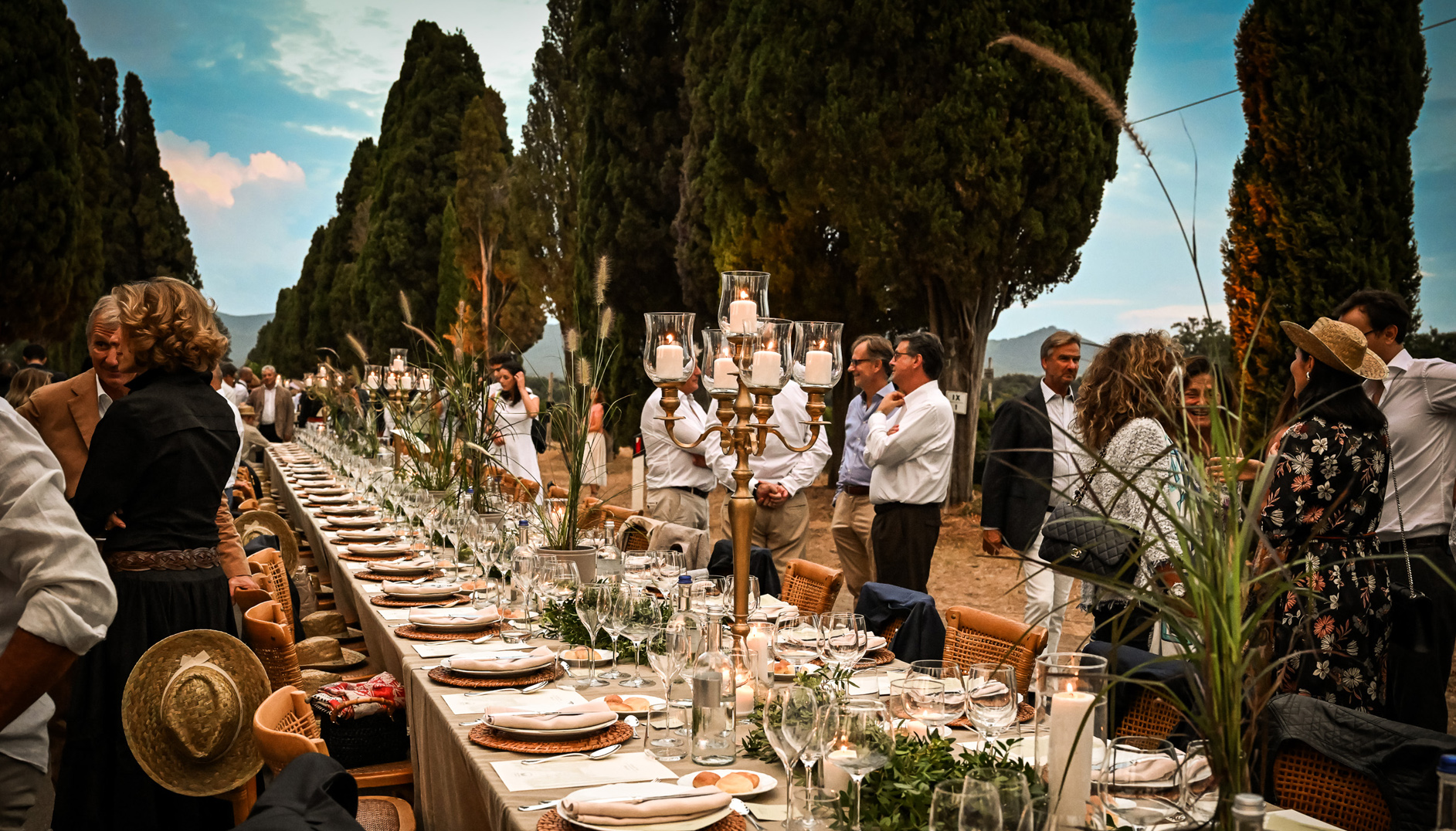
How to Drink Bolgheri Like a Local (But With a Private Guide)
Bolgheri has become Tuscany’s coastal capital for Bordeaux-variety wines, yet it remains small and personal. Tasting here is not about bus caravans; it’s about gate codes, schedules that flex with harvest, and winemakers who’d rather pour you something from a neutral barrel than pose for photos. That’s why, full disclosure, we operate only private wine tours in Bolgheri. Privacy keeps the day fluid, discreet and built around your palate.
Our approach at Tuscany Uncorked by Wine School Italia blends WSET-level education with warm hospitality: edutainment, not lectures. We translate soil and weather into flavor, but you set the pace, maybe we add a detour to the Tyrrhenian for an outstanding view, or a memorable picture among umbrella pines.If you are Curious about premium private itineraries across Tuscany, here’s our blog with inspiration and options and our dedicated page to request info.
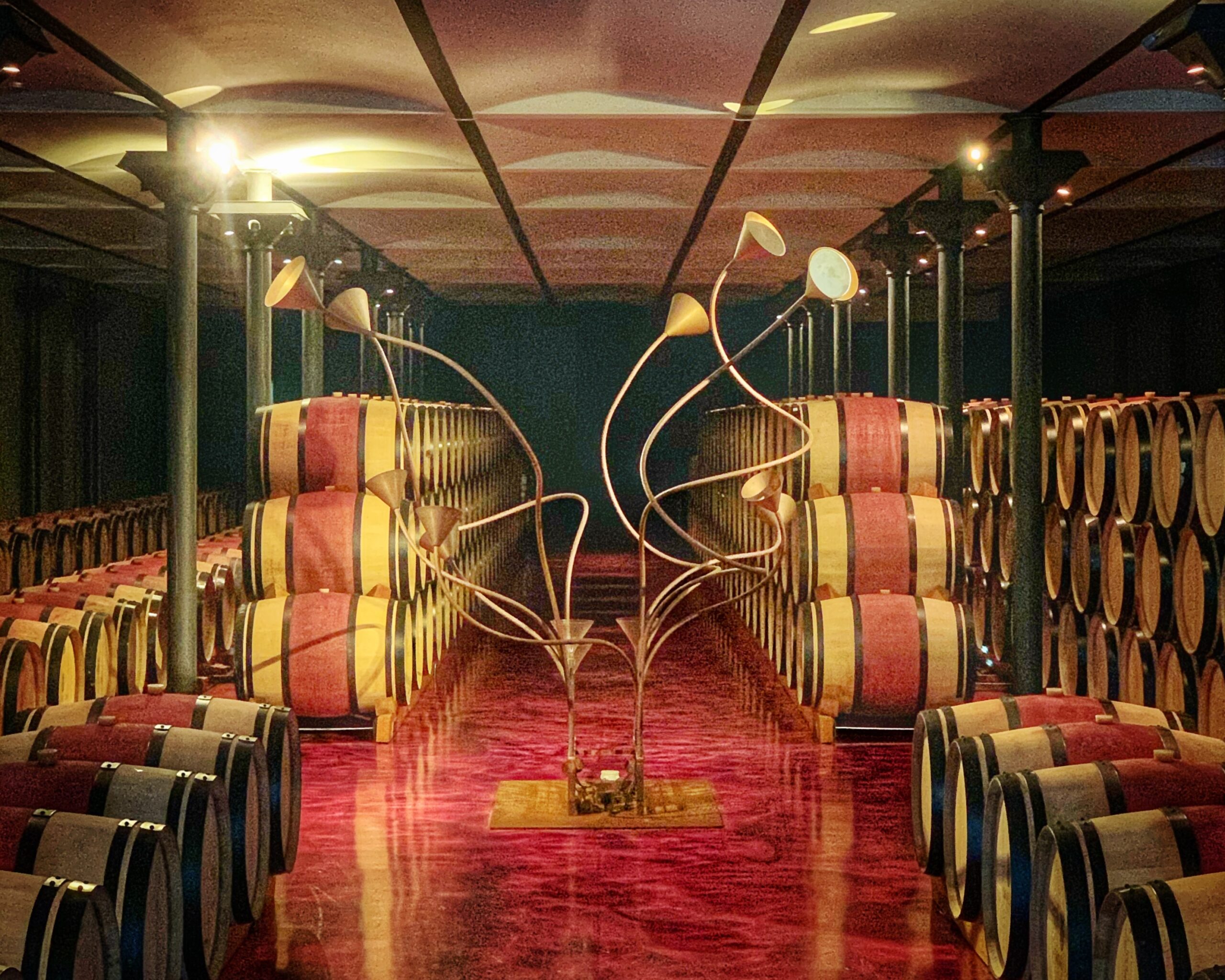
Bolgheri vs. Bolgheri Sassicaia, What’s the Difference?
Think of Bolgheri DOC as the broader stage and Bolgheri Sassicaia DOC as a very exclusive, single-estate script. The Sassicaia DOC specifies at least 80% Cabernet Sauvignon, aging two years with a minimum of 18 months in barrique, and production entirely inside the municipality, rules enshrined in a distinct disciplinare. Sassicaia started as a subzone but was formally split off into its own DOC in 2013 to better protect the wine’s identity and practices.
Why does that matter for you? Because when you taste a line-up of Bolgheri reds: Rosso, Superiore, and, if arranged, Sassicaia, you’re tasting three legal ideas of place. It’s terroir told through policy.
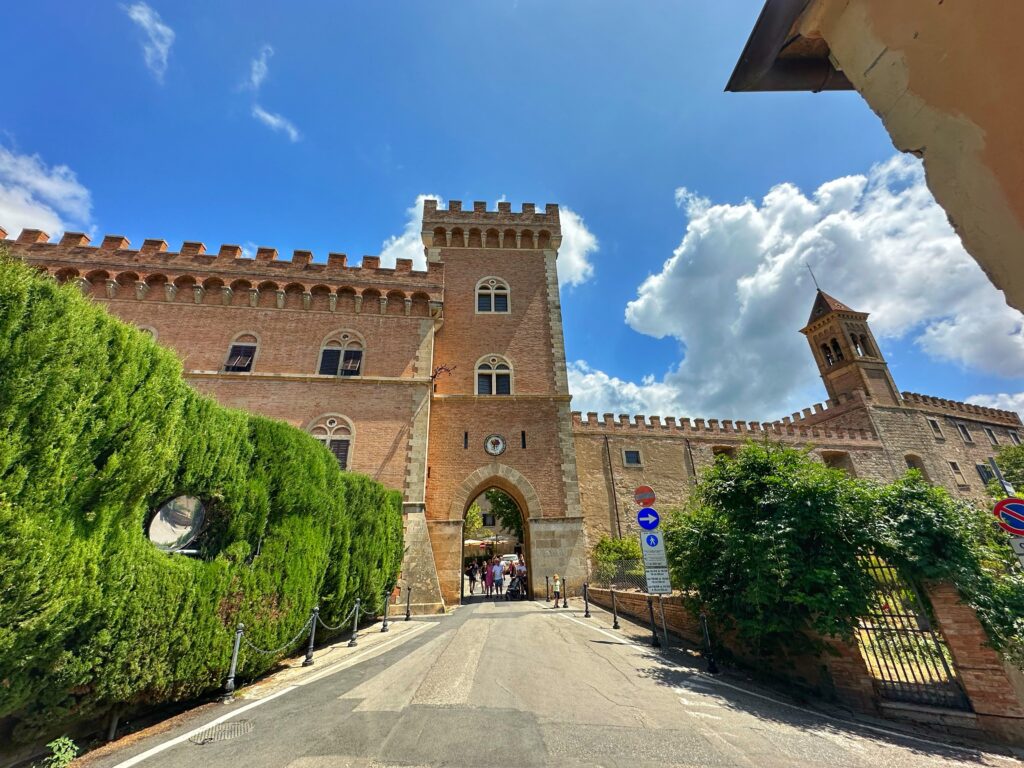
A (Very) Select Timeline for Context Lovers
- 1942–44: Cabernet Sauvignon planted at Castiglioncello; experiments begin.
- 1968: First commercial Sassicaia is released.
- 1978: Sassicaia wins Decanter’s London blind tasting of Cabernets (Hugh Johnson).
- 1983: First DOC rules adopted for Bolgheri (initially white and rosé only).
- 1985: Robert Parker awards Sassicaia 100 points; legend status secured.
- 1994: Red wines (Rosso & Superiore) officially recognized in the DOC; Sassicaia designated a subzone.
- 2011: Producers gain freedom to bottle monovarietal Cab, Merlot, or Cab Franc under Bolgheri DOC.
- 2013: Bolgheri Sassicaia DOC becomes a separate appellation.
- 2015: Sassicaia becomes Wine Spectator’s Wine of the Year (2018 list).
- 2016: Sassicaia receives 100 points (Wine Advocate) and near-perfect scores elsewhere.
Final Sips: Why a Private Tour in Bolgheri (and Why With Us)
We’re an independent, family-run team so all our private tours are a truly customized experience. Gabriele (WSET Certified Educator and sommelier) and Lucia (archaeologist, WSET Level 3, Technical Director) promise deep knowledge delivered with a smile and a story. Because we’ve worked in wine education and hospitality for years, we open doors to estates where the welcome is warm and the wines are personal. We cap groups small, or in this case strictly private, so barrel rooms don’t feel like train stations and every pour matters.
In Bolgheri, that means:
- Tailor-made access to top Bolgheri Superiore producers and characterful boutique cellars.
- Curated tastings that can include Tenuta San Guido’s range (Sassicaia included).
- Story-rich routes that trace the DOC’s evolution, from Etruscan hills to 1978 London glory to 2015–2016’s modern triumphs.
- Flexible pacing with time for the simple pleasures: a Vermentino tasting might be incuded, a stroll under the famous Cypress Avenue or whatever you might like.
If your idea of a Tuscany wine day is luxury Bolgheri private wine tours with no crowds, a driver who never watches the clock, and a sommelier who answers “Why do I taste graphite?” without rolling their eyes, you’re our people. Bolgheri is waiting. We’ll handle the keys, the gate codes, and the reservations. You’ll handle the toasts. Let’s uncork Bolgheri together.
For full details and booking, visit our private wine tours page.
Stay in Touch
📲 Follow us on Instagram and Facebook for more wine adventures, travel tips, and exclusive experiences!
See you in Tuscany! 🍷


